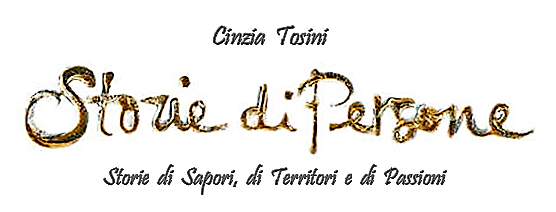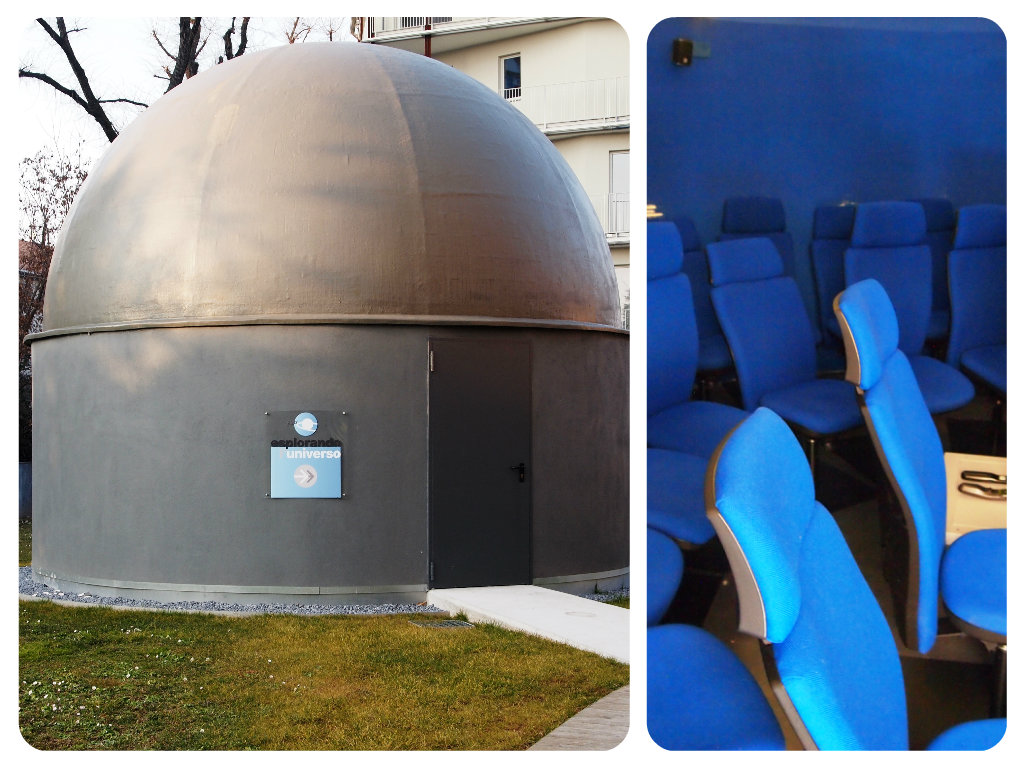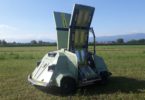It has been almost forty years after the accident that has affected some of the common low Brianza, in particular the municipality of Seveso. Exactly 10 July 1976 in company ICMESA Meda, a spill of TCDD, a type of dioxin among the 200 existing (toxic substances harmful to health), caused the formation of a cloud that swept the surrounding municipalities causing an environmental disaster.
The terrain of the most polluted area, the so-called area 'A', was deposited in tanks and was replaced by ground 'clean', creating a natural park that was named Forest Oaks. The history of this ugly story Italian has written extensively on a page of the site dedicated to this regional park. To learn more, click here: Accident Icmesa.
For some years I live near that park. There are nice and long walks to do in its internal. Then, when the weather permits, I have a spot under a tree where I love to stop by sliding the time with my readings. I did this because the premise, despite the past several years, when I travel to Italy to my answer about where I live, I constantly watching perplexed faces. The name of the Seveso unfortunately, evokes memories in the minds of people still tied to the disaster of dioxin.
In fact there are far more polluted areas Italian, territories in which alas is so widely practiced agriculture. Anyway, to better understand the state of affairs, Recently I went to visit FLA, the Lombardy Foundation for the Environment situated in Seveso. A research center established by the Lombardy Region in 1986 to promote and disseminate education and culture in the environmental field, equipped with a planetarium that can accommodate up to a maximum of 35 people.
During my visit I met Dr.. Fabrizio Piccarolo, Director of the center. After a mutual exchange of views and reflections, kindly answered my questions.
- Fabrizio, to start seems more than a duty to ask what is the state of environmental health in Seveso?
For an environmental assessment of the town of Seveso can not be ignored by the environmental characteristics of the broader context in which it is located: presents the critical fact of an area heavily man and urbanized and that was affected by the significant transformations of man over the last century.
The numerous studies that the Foundation has done over the years in support of environmental policies of the government of Lombardy on air quality, climate change, the quality of water, say local interventions for the improvement of environmental quality are certainly fundamental, but take on even more importance and impact if implemented in a logic and system integration, also supra. And in this logic must also assess the state of health of a municipality. Surely the municipalities of Seveso have particularly care about the environmental issues and over the years have worked in this way significantly.
For the history that has had, the town of Seveso has two strengths overtime: the sensitivity and awareness of citizens, which is one of the prerogatives for the implementation and success of environmental policies, and the Forest Oaks, an example of extreme virtuosity of internationally, where a company - in the proper sense of societas - has made a dramatic event a point of positivity and beauty for the whole community. And today I would add a third point of strength: the Lombardy Foundation for the Environment, a place for the dissemination of scientific knowledge that is an opportunity for the whole territory.
- Seveso, the most common associated with dioxin, a toxic substance that develops in nature through the decomposition of certain fungi, and more significantly, through combustion phenomena that the spread in the environment. Consequently what, I take small quantities through the food. From expert as six, can you explain better what the dioxin and what are the effects on our health?
With the term “dioxins” refers to a group of chemical compounds that are formed as a result of certain combustion processes, such as the incineration of waste. Dioxin is the common name of a toxic substance, the tetrachlorodibenzo-p-dioxin (TCDD), definitely the most studied: insoluble in water, resistant to high temperatures and decomposes due to ultraviolet radiation in a process that can last for hundreds of years.
Scientific studies have shown that exposure to dioxin can cause numerous adverse effects on health, which depend on a variety of factors that include: the level of exposure, when it is determined, how long and how often. The maximum threshold of tolerability was in fact set by the World Health Organization in a trillionth of a gram per day per kg.
- As already stressed, from waste combustion develops dioxin. To overcome this, the separate collection should be supported and encouraged. Seveso in this sense has been distinguished for its high. What are your initiatives related to information on waste and environmental protection?
Until a few centuries ago the waste were not a problem because all that the man "threw" was disposed  naturally from the environment. Now it is not so and waste officially became a problem both for current generations and for those future. Hence the need for a major share of environmental information and education leading to a heightened awareness about this problem.
naturally from the environment. Now it is not so and waste officially became a problem both for current generations and for those future. Hence the need for a major share of environmental information and education leading to a heightened awareness about this problem.
Lombardy Foundation for the Environment has always been very attentive to this issue. Since arriving in the territory sevesino is an active collaboration with Gelsia Environment, company that deals with the collection, transport and, on behalf of or directly, waste disposal in 12 municipalities in the province of Monza and Brianza (including Seveso), and one in the province of Como.
Both agencies are heavily engaged in training and public awareness regarding environmental issues: between the institutional purposes of the parts is the dissemination of knowledge and learning as a tool for practical training of human resources, essential for sustainable development of the territory.
To make the children understand the problem of waste for a few years is proposed to primary schools and secondary schools of the municipalities served by Gelsia Environment, the project "I DO NOT WASTE MI” where the training course on the topic of waste and recycling is associated with a competition. Participation is an important opportunity to stimulate children, their curiosity and their imagination to explore alternatives and more sustainable to the waste problem.
In addition to a year is being held in Seveso experimentation on the collection of unsorted waste by Radio Frequency Identification, an innovative system of traceability of the waste that has allowed us to get to about 80% of the collection. All this will be the subject of an information campaign based on scientific evidence for citizens.
- During my visit I appreciated your educational projects for schools to form an environmental conscience in the new generations. I think the environment and food are closely linked, I refer to the food waste. They are useful in this regard training proposals for both young people and adults. Have programs in construction to that effect ?
Lombardy Foundation for the Environment and the Directorate General Environment, Energy and Sustainable Development of the Lombardy Region are working together to effectively achieve the objectives set d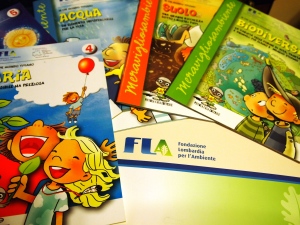 regional planning in the field of waste and reclamation. The collaboration aims at the realization of a project to reduce waste food which action for implementation of the Regional Program Management Trash, in relation to the objectives of the prevention and reduction of waste production with fineity, also, social support to ensure food to disadvantaged groups.
regional planning in the field of waste and reclamation. The collaboration aims at the realization of a project to reduce waste food which action for implementation of the Regional Program Management Trash, in relation to the objectives of the prevention and reduction of waste production with fineity, also, social support to ensure food to disadvantaged groups.
For the youngest is under construction, with the collaboration of ARPA, a dossier on food and environmental sustainability at Expo 2015 to be distributed free to schools of Lombardy who request. At this followed by three more volumes innovative free, dedicated to primary schools, that can be used along with an interactive App.
- I recently did some research on hemp, a plant with many properties, Robust and easy to grow, but above all able to help rehabilitate the polluted land. Among other things, there are many farmers who are recovering the cultivation for the production of seeds, oil and flour (laws WHO). Given the critical state of our territories, it would be very interesting to go into that through conferences and industry experts. Why not make it to FLA?
Besides being the headquarters of the FLA, the Centre for Research and Environmental Education is a place for the dissemination of science and culture. The auditorium of the ground floor is a space conceived as a place that can accommodate conferences, conferences, workshop, training courses available to entities, institutions and other organizations that, as the Foundation, work for the scientific and cultural.
Usually, as a method of popularizing science, in conferences tend not to face significant areas of specific. It will be necessary to frame the issue in a broader context that highlights the benefits and positive implications for the environment and therefore the quality of life of citizens. If answers are all these prerogatives, you can check the possibility of hosting a conference on possible while not, hemp and more generally the issue of crops, a central topic of our scientific research activities.
- He FLA è partners del 'Project Manage'Intends to safeguard and restore biodiversity in the Nature Network 2000 Lombardy. What were the habitats that have seen directly concerned for their protection?
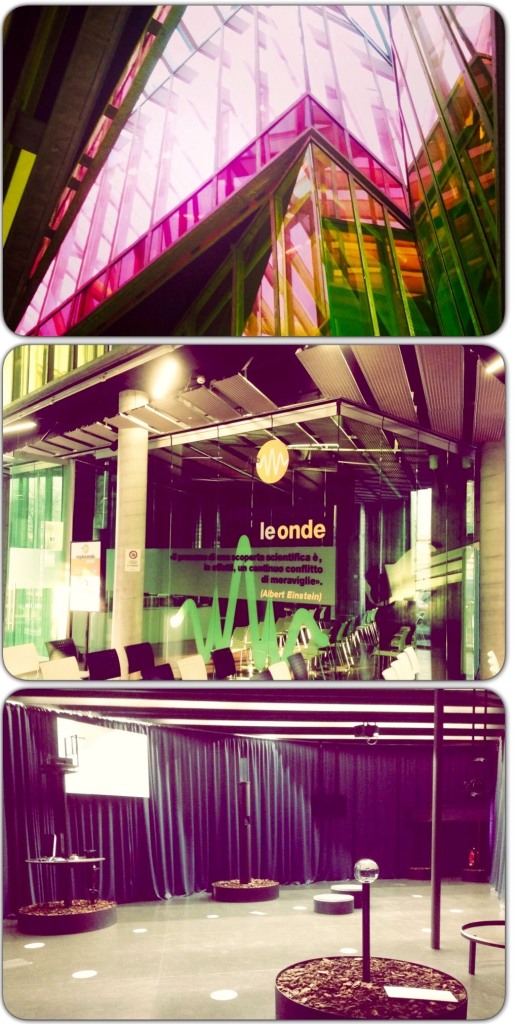 Since the beginning of the political nature 2000, The Foundation has followed for the Lombardy Region the implementation and development in the region and nationally, in particular with the creation of the Regional Ecological Network and its implementation at the local level. Nature 2000 is the network of protected sites established under two EU Directives ("Habitat" and "Birds") for the preservation of animal and plant species of particular importance at the European level.
Since the beginning of the political nature 2000, The Foundation has followed for the Lombardy Region the implementation and development in the region and nationally, in particular with the creation of the Regional Ecological Network and its implementation at the local level. Nature 2000 is the network of protected sites established under two EU Directives ("Habitat" and "Birds") for the preservation of animal and plant species of particular importance at the European level.
We have dealt, as a senior scientific, the drafting of the monitoring program of the species and habitats in the annexes of the two directives, and we are working actively in the implementation of the planning document for the management of Natura 2000 and PAF (Prioritized Action Framework), a document that will collect the necessary actions, listed by priority, for the management of Natura 2000 in England for the period 2015-2020. The document will contain, among other things, an introductory overview on the conservation status of habitats and species, the objectives of conservation strategic description of the key measures to achieve them, all issues on which the FLA is now engaged for years.
For info tel. +39 02 8061611
fax +39 02 80616180
e-mail: flanet@flanet.org
